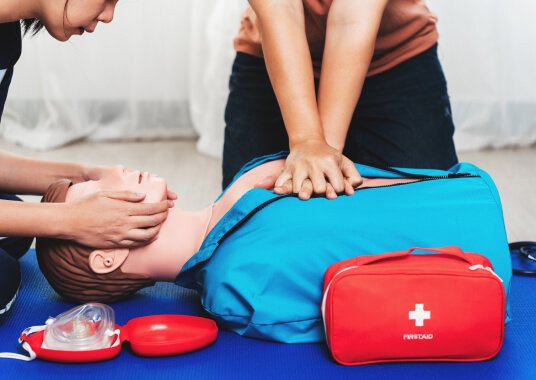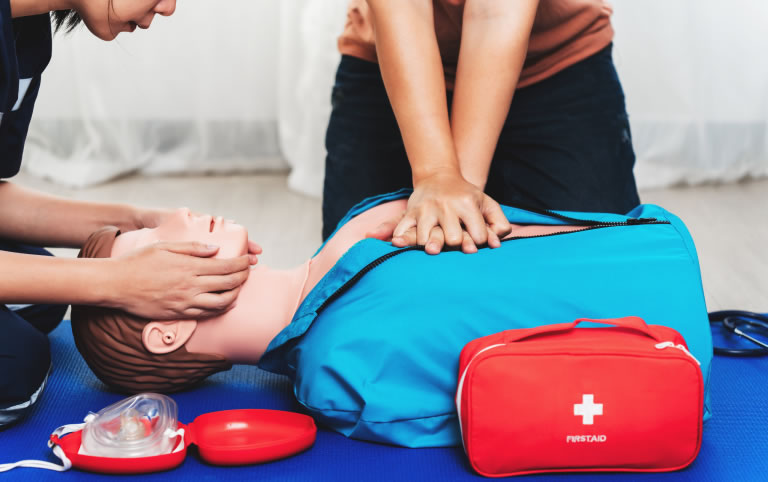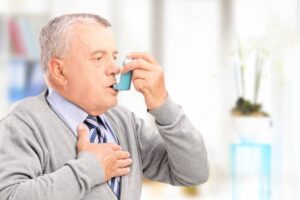CPR, First Aid, BLS, ACLS, PALS certifications.


Learn how to provide essential care before emergency responders arrive with our 100% Online First Aid Course. Receive instant certification valid for 2 years—plus unlimited quiz retakes.
$14.95 $24.90
| Chapters | CE Credits | Validity | Cost | Duration | ECC | Exam Attempts | Wallet Card |
|---|---|---|---|---|---|---|---|
| 13 | 2.0 | 2 Years | $14.95 | 1-2 Hrs | Compliant | Unlimited | Download/Print/Mail |
A breathing emergency is a serious medical condition where someone has trouble breathing—or can’t breathe at all. These situations can become life-threatening quickly and require immediate attention.

Breathing issues can be triggered by a wide range of problems, including:
When someone is having a breathing emergency, you might notice:
Asthma is a common cause of breathing emergencies, especially in people under 15. Most people with asthma are aware of their condition and often carry an inhaler.
Asthma attacks can be triggered by things like:
Make sure the scene is safe before helping
This chapter in your Online First Aid Course prepares you to recognize and respond to breathing emergencies quickly and safely.